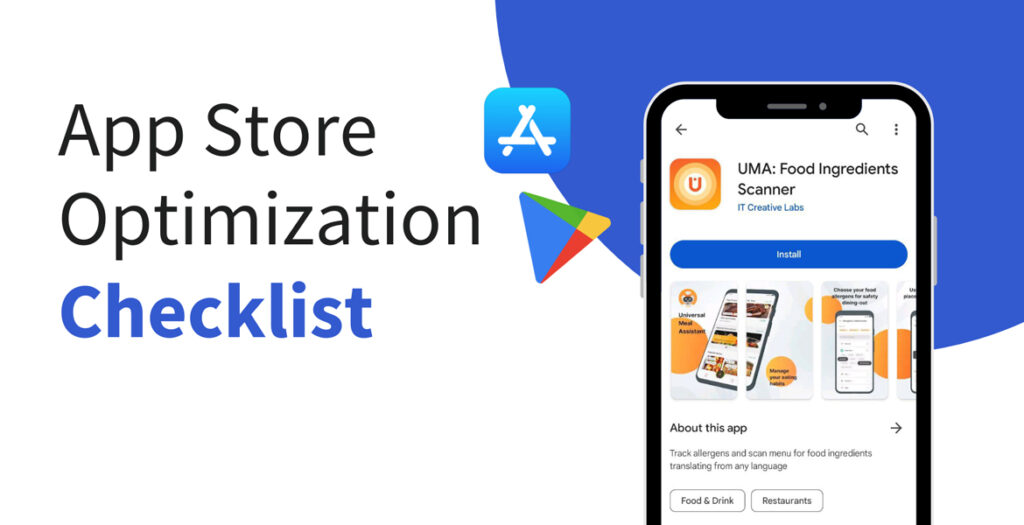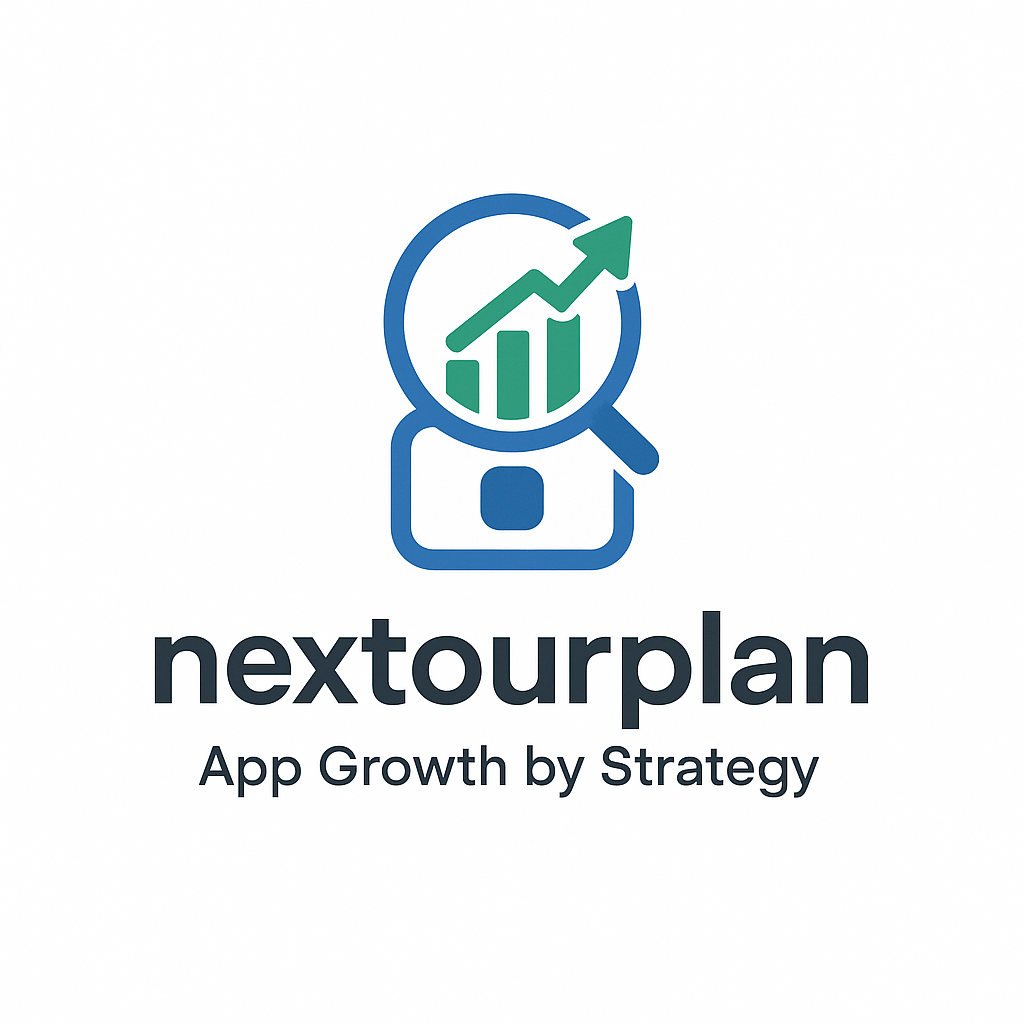
“Follow Your Competitors Until You Become a Competitor”
Use this checklist to track top-performing competitors and design your own winning ASO strategy for games and apps.
🏷️ 1. Game Title Keywords
🔍 Check how competitors include high-volume keywords in their title
✏️ Create a similar keyword-rich title for your app
✅ Make sure it reflects gameplay or app utility
📢 2. Short Description Keywords
🔍 Analyze which top keywords are repeated in their short description
💬 Note engagement words or CTAs they use
✏️ Create a punchy, keyword-rich short description for your app
📝 3. Long Description Keywords & Structure
🔍 Extract main and secondary keywords they target
📈 Check keyword density and description formatting (bullets, paragraphs, emojis)
✏️ Write your own description using relevant keywords with SEO structure
🎨 4. Icon Style, Color Scheme & Story
🔍 Look at competitor icons: shapes, color palette, emotional appeal
🎯 Understand what visual cues work in your category
✏️ Design your icon to be unique yet aligned with what converts
📸 5. Screenshot Storyline & Color Scheme
🔍 Study how competitors showcase gameplay or features in order
🎨 Observe colors, text overlays, and visual cues
✏️ Create your screenshots with a matching visual narrative
🖼️ 6. Banner (Feature Graphic) Style
🔍 Check top competitors’ feature graphics
🌈 Observe the use of color, text, and storytelling
✏️ Design your own with similar conversion-focused elements
🎥 7. Promo Video: Length, Story, Style
🔍 Watch how competitors hook viewers in first 3–5 seconds
🎶 Note background music, text animations, and gameplay pace
✏️ Create your own 15–30 sec video based on proven styles
🌍 8. Top Install & Revenue Countries
🔍 Use tools (like Sensor Tower or Google Play Console) to see top-performing geos
🗺️ Check if competitors localize their store listing for those regions
✏️ Optimize your own listing & keywords accordingly
📆 9. Store Age Rating
🔍 See what content rating your top competitors use (Everyone, Teen, etc.)
⚠️ Avoid mismatches that can affect visibility
✏️ Set your rating to match genre expectations
⭐ 10. Ratings & Reviews Strategy
🔍 Study competitor responses to reviews
💡 Identify features users praise or complain about
✏️ Use this to improve your app + include review-based keywords
📦 11. Game Size (on Store & on Device)
🔍 Compare APK size with top games in your niche
📉 Understand if low size helps them rank better in specific markets
✏️ Optimize your build size where possible
🧩 12. Category Selection
🔍 Check which categories top competitors choose (main & secondary)
🎯 Identify best-fit category for ranking opportunity
✏️ Choose the most strategic category for your app
📈 13. Top Performing Creatives (Ad Networks)
🔍 Use ad intelligence tools to analyze top ad creatives by competitors
🎬 Observe themes: failure moments, level progression, rewards
✏️ Design ad creatives using similar emotional triggers
📢 14. Top Ad Networks Used
🔍 See where competitors advertise: Meta, TikTok, Unity, Google UAC, IronSource
💸 Track which ad networks give them visibility
✏️ Focus your UA budget on the most effective platforms
🕹️ 15. Gameplay Progression / Feature Flow
🔍 Note how early, mid, and late gameplay is structured
🔄 See what competitors emphasize in screenshots and descriptions
✏️ Highlight similar progression in your own store listing and ad assets
💰 16. Monetization Model
🔍 Understand if competitors use rewarded ads, in-app purchases, or subscriptions
📊 Track pricing, bundles, or “No Ads” offers
✏️ Optimize your own monetization while avoiding negative reviews
